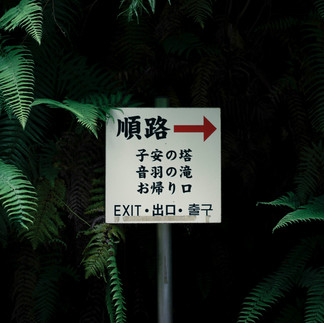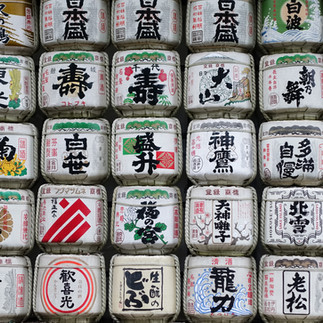DISCOVERING THE QUIRKS AND CHARMS OF THE JAPANESE LANGUAGE
- María Palomares Tarí
- Sep 10, 2024
- 2 min read
The Japanese language is a fascinating blend of history, culture, and quirky nuances that make it one of the most unique languages in the world. Whether you’re a language enthusiast or just love quirky tidbits, these ones are sure to bring a smile to your face and deepen your appreciation for this wonderful language.
Unique Scripts
Japanese uses three different scripts: Hiragana, Katakana, and Kanji. Hiragana and Katakana are syllabaries, while Kanji are logographic characters borrowed from Chinese. This trio of scripts means that even native speakers spend a lot of time learning to read and write their language.
Onomatopoeia Galore
Japanese loves onomatopoeia, words that phonetically imitate sounds. There are thousands of them, and they’re used for everything from animal noises (e.g., “wan wan” for a dog's bark) to feelings and actions (e.g., “doki doki” for a pounding heart). They add a fun and expressive element to everyday conversation.
Borrowed Words
Japanese has a lot of "loanwords" from other languages, especially English. These are known as "gairaigo." For example, "konpyuutaa"means computer, and "biru" means building. However, the pronunciation can sometimes make these words unrecognizable to native English speakers!
No Plurals
Japanese doesn’t have plural forms like English does. The same word can refer to one or many, which can sometimes lead to funny misunderstandings. For example, “neko” can mean “cat” or “cats.” Context is key!
Untranslatable Words
Japanese has many words that don’t have a direct English equivalent. For instance, “tsundoku” refers to the act of acquiring books and letting them pile up, unread. Another one is “komorebi”, which describes the sunlight filtering through the leaves of trees.
Honorifics Everywhere
Japanese culture places a strong emphasis on respect and hierarchy, reflected in its language through honorifics. Depending on your relationship with the person you’re speaking to, you might use different forms of verbs and nouns. For example, “-san” is a common suffix added to names for politeness, similar to “Mr.” or “Ms.”
Emoji Origins
Did you know that emojis originated in Japan? The word “emoji” comes from the Japanese words “e” (絵, meaning picture) and “moji” (文字, meaning character). They were first created in the late 1990s to convey emotions and information in a fun and concise way, and now they’re used worldwide.






